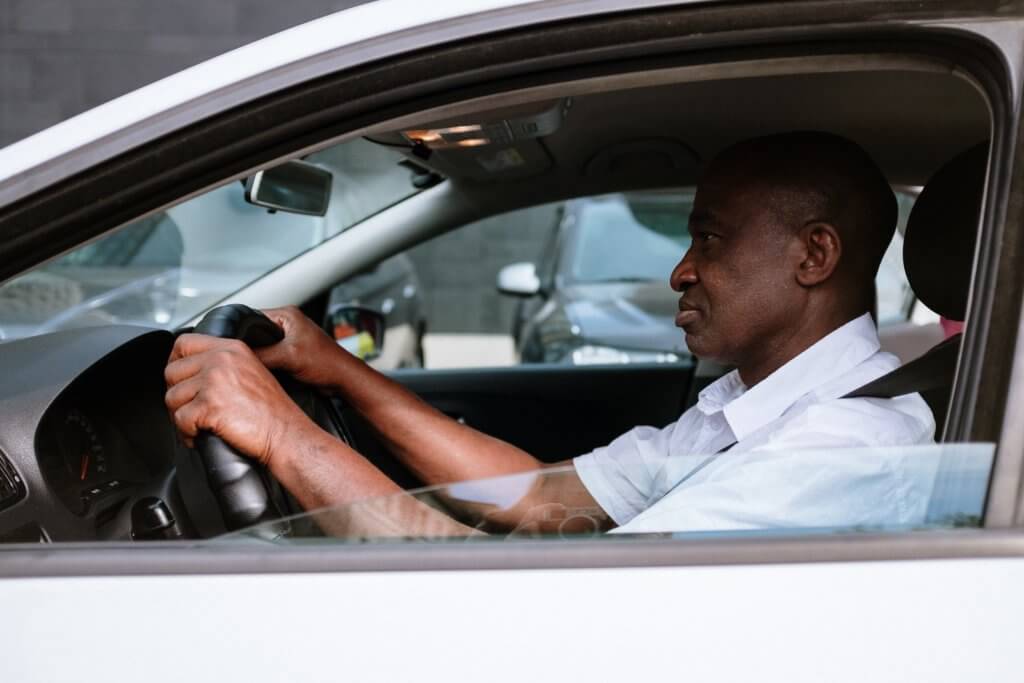No matter how long you’ve been driving, it’s a good idea to brush up on safe driving tips. Safe driving habits can reduce your risk of being involved in an accident. Use these driving tips along with driving lessons to keep you and your passengers safe.
Eliminate Distracted Driving
Safe drivers know the importance of remaining focused while driving. You can become a safer driver when you eliminate distracted driving. Distractions aren’t only caused by talking on your cell phone. Common driving distractions include:
- Adjusting the radio
- Interacting with passengers
- Eating and drinking
- Fixing hair and makeup
- Multitasking
- Responding to texts and emails
Distracted driving can impede your ability to make decisions quickly and respond to your changing environment. Eliminate as many distractions as possible when driving to stay safe and alert.
Always Use Your Seatbelt
Seatbelts can save lives. Whenever you are in a car, as a driver or passenger, you should always use your seatbelt. Make sure you wear the seatbelt correctly so it can function properly.
The main purpose of a seatbelt is to keep you in place if you are ever in a wreck. You’re 30 times more likely to get thrown from a vehicle if you aren’t wearing your seatbelt.
Once you buckle up, it’s a good idea to check on your passengers to make sure they are using their seatbelts. Wearing a seatbelt is required by the law and you can be fined for not wearing one.
Drive Defensively
Defensive driving is a method of driving used to anticipate danger on the road. Common driving hazards include:
- Drunk drivers
- Road rage
- Low visibility
- Poor weather conditions
- Stalled vehicles
- Road congestion
- Construction
Knowing how to drive in these conditions will help to keep you safe. To drive defensively, make sure there is plenty of space between your car and other vehicles. If you are driving in poor weather conditions or have low visibility, you need to put even more space between your car and cars in front of you.
Defensive driving includes using proper passing techniques. First, follow passing restrictions. Do not pass another vehicle if you’re in a no passing zone.
Don’t pass a car in front of you if there is oncoming traffic in the passing lane. Make sure you have enough time to pass the car in front of you and get safely back in your lane before you start to pass.
Take Driving Lessons
Driving lessons are the key to success for new drivers. Swerve Driving School teaches the knowledge and skills needed for drivers to safely operate a vehicle.
Lessons can be beneficial for teen and adult drivers. Swerve Driving School has defensive driving courses and adult courses to help all drivers stay safe on the road.
Watch Your Speed
Speeding is unsafe and increases the likelihood of a crash. Speed limits are set to keep drivers and pedestrians safe. Staying within the speed limit helps drivers to maintain better control of their vehicle. Drivers are able to make decisions and react better when they are following the speed limit versus when they are speeding.
Don’t Drive While Sleepy
Driving tired is almost as unsafe as driving while intoxicated. When a person gets behind the wheel and starts to fall asleep, they can cause a wreck by unknowingly drifting into another lane or driving off the road.
You should drive only when you are alert. If you find yourself too tired to drive, you have other options. Taking a break or having someone else drive could save your life.
Use Caution in Bad Weather
No one likes driving in bad weather. Make sure you drive cautiously if you are forced to drive in bad weather. In bad weather, visibility changes, traffic might run slower, or the road might be slick. To stay safe and avoid a potential wreck, drive slower than the posted speed limit, turn on your lights, and put extra space between you and other cars.
In the event you have to pull to the side of the road, turn on your hazard lights. If it becomes too unsafe to drive, try to pull off the road and park somewhere safe.
Maintain Your Vehicle
Having a well maintained vehicle can prevent safety hazards. Before you get in your car to go somewhere, perform a walkaround and maintenance check.
Keep your car’s tires well maintained and inflated. Low tire pressure can cause your tires to wear faster and can even cause a blowout. Worn tires impede your ability to safely stop your car.
Other maintenance problems to check for include worn windshield wipers, burnt out tail lights and blinkers, and worn breaks.
Choose SWERVE Driving School
SWERVE Driving School uses a unique curriculum to teach important driving skills and knowledge. Students are able to learn quickly and get behind-the-wheel experience. In addition to new driver driving lessons, we offer defensive driving and adult driving courses.

